Kobe Summer School 2014
神戸大学サマースクールの一環として、「Kobe Summer School 2014」を2014年7月から9月に開校します。 理・工・農・海事・文の各学部の講義,7科目と理学研究科の1科目よりなります。
学部講義の受講対象学生は、神戸大学の2年生以上の学生です (文学部の対象は全学年です)。 受講を希望する神戸大学の学生は、講義を開講する学部の教務係までお問い合わせ下さい。
![]()
science
UG-1 理学部特別講義 - Interplay between differential equations
integrable systems and algebraic geometry
日 程:2014年7月23~25日 (3日間)
時 間:3・4限
場 所:B301 理学研究科B棟
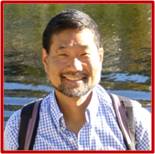 Motohico MULASE (University of California, Davis campus) Motohico MULASE (University of California, Davis campus) |
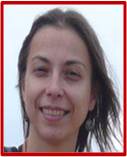 Olivia DUMITRESCU (Leibnitz University of Hannover) Olivia DUMITRESCU (Leibnitz University of Hannover) |
Interplay between differential equations
integrable systems and algebraic geometry
微分方程式, 可積分系についての基本的事項と例を理解し、いくつかの例について微分方程式の相空間を代数幾何的
に記述する方法と近年の量子不変量に関する話題について理解を深める.
(Tentative Schedule)
1. Introduction
2. Differential equations and integrable systems
3. Examples
4. A brief guide to algebraic geometry
5. The WKB method
6. Quantum invariants and integrable systems
7. Further discussion I
8. Further discussion II
UG-2 理学部特別講義 -- Introduction to Natural Sciences, Ⅰ
日 程:2014年7月22~29日 (6日間)
時 間:5限
場 所:Z103 理学研究科Z棟
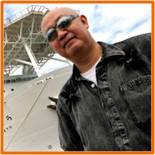
巽好幸 (神戸大学理学部地球惑星科学科)
地球の記憶を掘り起こせ。国際深海科学掘削計画
国際深海科学掘削計画(IODP)は、世界26カ国が共同で行う大型国際共同研究であり、 地球の変動と進化を明らかにすることを目的としている。日本はこの計画の主導国として、 海底下7000mまでの掘削が可能な最新鋭のライザー掘削船「ちきゅう」を投入している。 国際的な検討によって、地震発生帯掘削、海洋島弧掘削、それとマントルへの到達を 「ちきゅう」が実施することになった。この講義では、これらの掘削計画の目的や意義を紹介する。

荒川 政彦 (神戸大学理学部地球惑星科学科)
地球惑星科学:太陽系の起源と進化
我々の太陽系はどのようできて、その後進化してきたのでしょうか。 太陽系には地球をはじめとする惑星だけでなく、衛星、小惑星、彗星など 様々な天体が存在します。このような天体の多様性とその多様性の起源を学びます。 また、日本で行われている最新の惑星探査の状況を紹介します。
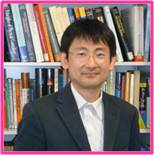
山崎 祐司 (神戸大学理学部物理学科)
ヒッグス粒子はいかにして見つかったか
この講義では,2012年に発見され,2013年のノーベル物理学賞につながったヒッグス粒子 について,どんな粒子で,どのような実験で発見したかを解説します。 1時間目: 素粒子の世界,ヒッグス粒子と質量 2時間目: 加速器実験による新粒子発見
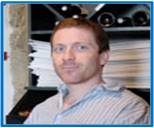
Wayne ROSSMAN (神戸大学理学部数学科)
How Einsten saw sphere?
In these two lectures we will use only the most basic tools from calculus
to introduce two rather remarkable theories. One is the theory of relativity
that is now so indispensable for the daily operation of modern-day life.
The other is a theory that led to Perelman‘s solution of the Poincare conjecture,
which became headline news worldwide. Our goal is to give an introduction
to these two topics that is easily understood and yet still shows their
depth. We will approach this with two very down-to-earth applications,
as stated in the two titles for the lectures.
Lecture 1: How Einstein
saw spheres
Lecture 2: The fence
of least perimeter about a farm of given size
UG-3 理学部特別講義 - Introduction to Natural Sciences, Ⅱ
日 程:2014年7月30~8月6日 (6日間)
時 間:5限
場 所:Z103 理学研究科Z棟
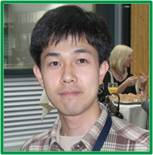
深城 英弘 (神戸大学理学部生物学科)
生物学:植物科学への招待
植物とはどんな生物でしょうか? 植物はどうやって生きているのでしょうか? 植物は私たちに何を与えてくれるのでしょうか? この講義では、植物に関する基礎的な知識を扱うとともに、植物科学の重要性と未来について考えます。
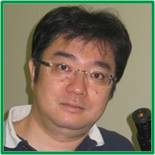
森田 光洋 (神戸大学理学部生物学科)
脳の進化
ヒトの脳を理解する事は現代科学の最も重要な問題のひとつです。微細な指の動 き、感情、言語、生存競争に必要な計画性といった多様な機能が脳の情報処理によって生まれます。こういった機能が進化の過程で、それぞれ独自の神経回路を 形成することによって発達したことを概説します。
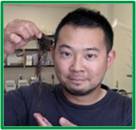
佐藤 拓哉 (神戸大学理学部生物学科)
生態学:生物多様性の時空間変動とそのメカニズム
地球上にはどれほどの生物種が生息しているのでしょう? 多様な種は時間的・空間的にどのように共存し、生態系過程(炭素循環等)の一部として 機能しているのでしょうか? この授業では、生態学の基礎理論を通して、上記の問いに答えられる知識を身に着けます。
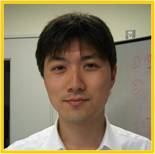
松原 亮介 (神戸大学理学部化学科)
化学:分子の科学
薬はどのように痛みを和らげるでしようか?昆虫はどのようにパートナーを見つけるのでしょうか?石油からアイスクリームの匂いが作れるでしょうか? 化学の基礎を学びとこれらの質問に答えられます。
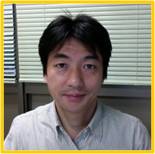
小堀 康博 (神戸大学理学部化学科)
化学:光合成と太陽電池
生体分子はどのように太陽光を化学エネルギーに変えるのでしょうか? 有機太陽電池はどのように光電流を生み出すのでしょう? 本講義では量子化学の基本を学び、光エネルギー変換の仕組みを理解します。
G-1 理学研究科特別講義 - A mathematical theory of quantum curves
日 程:2014年7月28日~8月1日 (5日間)
時 間:3~5限
場 所:B314, 理学研究科B棟
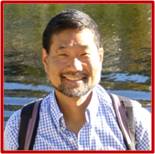 Motohico MULASE (University of California, Davis campus)
Motohico MULASE (University of California, Davis campus) |
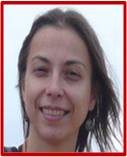 Olivia DUMITRESCU (Leibnitz University of Hannover)
Olivia DUMITRESCU (Leibnitz University of Hannover) |